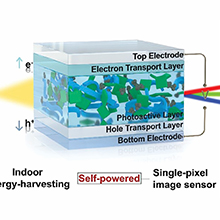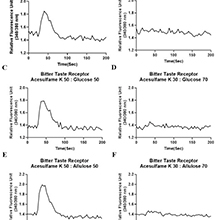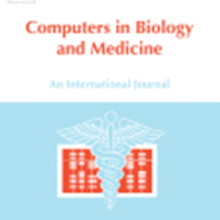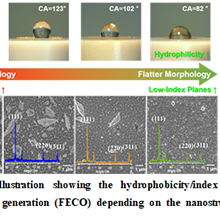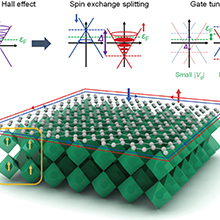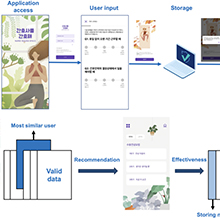본문
Sweet-bitter taste interactions in binary mixtures of sweeteners: Relationship between taste receptor activities and sensory perception
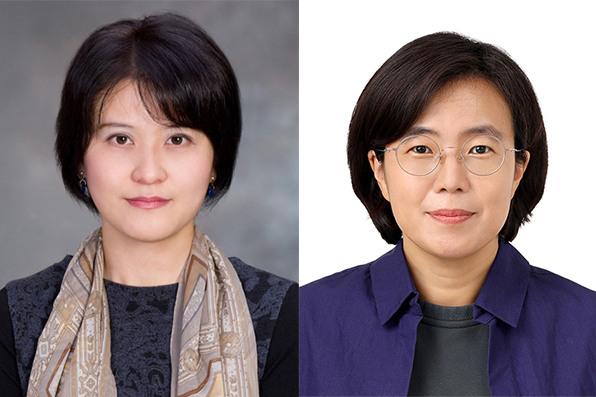
by Prof. Yuri Kim & Prof. Seo-Jin Chung
Department of Nutritional Science and Food Management
PURE Research Profile - Prof. Yuri Kim & Prof. Seo-Jin Chung
& Prof. Seo-Jin Chung
yuri.kim@ewha.ac.kr & sc79d@ewha.ac.kr
In the food industry, it is a common strategy to lower the content of sucrose or other nutritive sweeteners in a target food by applying several low-calorie sweeteners together as a mixture because a single non-nutritive sweetener cannot completely replace the sensory characteristics nor the physicochemical functions of sucrose. The combinatory use of sweeteners not only exhibit an enhancing effect of the overall sweetness but also improves the sensory quality by suppressing the undesirable flavors inherent to each high potency sweetener. Generally, a sweetness synergistic effect is observed in the mixture of bulk (mostly referring sweeteners based on carbohydrate) and high potency sweeteners when the sweetness contribution ratio of the bulk sweetener is higher than that of the high-intensity sweetener (Ayya and Lawless, 1992, McBride, 1988, Schiffman et al., 2000, Jang et al., 2022).
The present study aims to understand the interaction of binary sweetener mixtures, by mixing high potency sweeteners and bulk sweeteners, at the level of taste receptors as well as sensory perception and further delineate the sensory characteristics of binary mixtures via the sweet and bitter taste receptor activity. Acesulfame K or saccharin (referred to as the base sweetener) was blended with each of the other six sweeteners (referred to as the paired sweetener) to achieve sweetness contributions in the binary mixtures at ratios of 100:0, 90:10, 70:30, 50:50, 30:70, 10:90, and 0:100 (base sweetener: paired sweetener), so that the sweetness intensity of these mixtures can be theoretically equivalent to the target sucrose concentration. Concerning these samples, the activities of sweet and bitter taste receptors in the HEK-293 cells as well as the sensory intensities of sweet and bitterness were assessed.
The relative RSP and molar based SSP values of sweeteners to sucrose measured by in vitro affinity assay and human sensory evaluation were within the similar potency range except for saccharin. At the taste receptor level, sweetness enhancement effect of the binary mixtures were seldom observed in the sweet taste receptor. Surprisingly for bitter receptor, the activities induced by acesulfame K and saccharine were blocked by monosaccharides, fructose, glucose, or allulose, at 5:5 ratio. In the sensory perceptual level, clear sweetness enhancement effects were observed when acesulfame K or saccharine-based sweeteners were paired with each of the six sweeteners than when these were evaluated alone. The sweetness enhancement effects were mostly uni-directional (enhancement for base sweetener but not for paired sweetener) but bi-directional enhancement effects (enhancement for base sweetener as well as paired sweetener) were shown when the base sweeteners were paired with aspartame or fructose. Additionally, sweetness enhancement was predominantly influenced by the extent to which the inherent bitterness of acesulfame K or saccharin was suppressed.
The present study showed perceptual enhancements of sweetness by mixing high potency sweetener with various sweeteners. The mechanism underlying the sweetness enhancement of acesulfame K or saccharin with one of the monosaccharides may likely be due to the monosaccharide suppressing the activity of bitter receptor induced by high potency sweetener at taste receptor level. A broader investigation of the activities of other bitter receptors under the presence of binary sweetener mixtures are necessary to understand the sweetness enhancement effects observed in the present study, specifically, when acesulfame K or saccharin is mixed with aspartame or other types of carbohydrate based sweeteners.
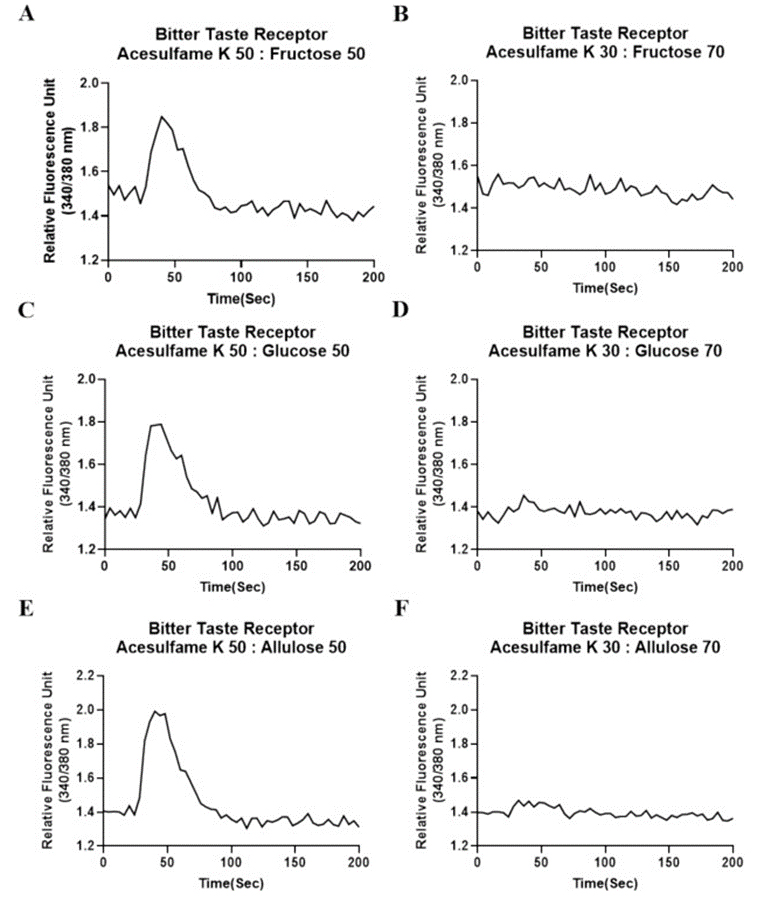
* Related Article
Choi Yoonha, Wong Run Rou, Cha Yeon Kyung, Park Tai Hyun, Kim Yuri, Chung Seo-Jin, Sweet-bitter taste interactions in binary mixtures of sweeteners: Relationship between taste receptor activities and sensory perception, Food Chemistry, Vol. 459, 140343 November 2024

